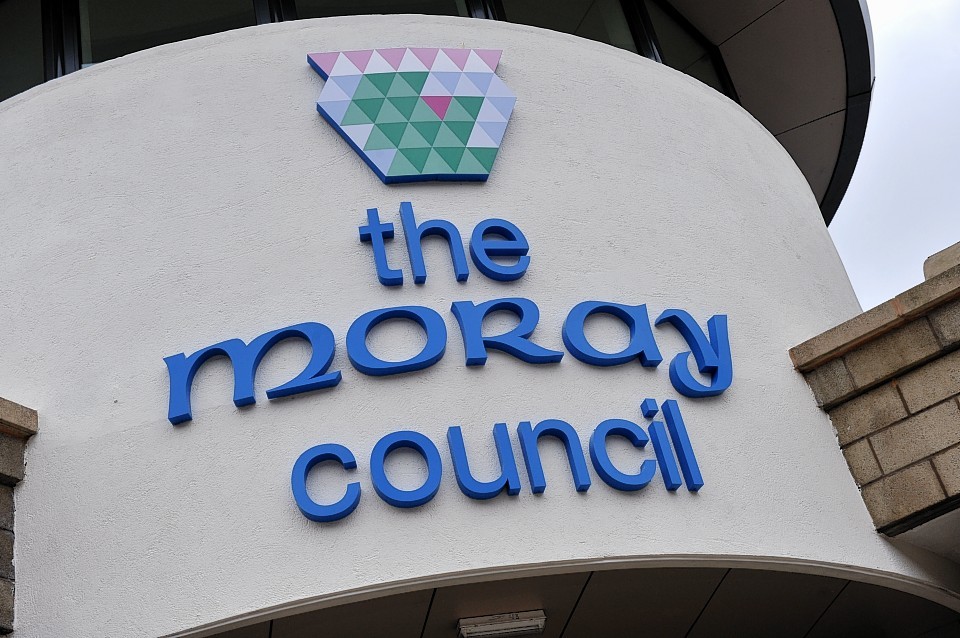Trade union concerns have waylaid ambitious proposals to question every Moray Council employee as part of plans to eradicate bullying.
Elected members had vowed to canvas every staff member on whether they had experienced harassment as part of £136,000 measures to redress a “culture of bullying”.
The move was approved last November, after a poll revealed that 30% of employees claimed to have been bullied – and 40% said their superiors had victimised them.
But yesterday the authority’s policy and resources committee agreed that only trade union members should be consulted directly, after union chiefs protested the bold move “would conflict with the established process”.
Council leader Stewart Cree suggested members comply with a request to amend the committee’s decision so that only union members be consulted – “in the interests of maintaining a harmonious relationship with our trade unions”.
However, Fochabers Lhanbryde member Douglas Ross, who originally proposed that all staff members be consulted rather than just union members, took quarrel with the adjustment.
He said: “We need to allow every employee the opportunity to comment on what is a very important policy.
“In no way is this trying to undermine the trade unions, we’re simply trying to involve every employee.”
But Mr Cree argued that the council’s bullying and harassment policy would be “promulgated to the greatest extent”, and all employees would have the chance to offer comment if they wished.
The council boss clarified that it would not be possible to formally communicate with all staff, as means of formal communication were not available to non-union employees.
Ultimately, Mr Cree’s motion that only union members be formally approached was approved by 12 votes to Mr Ross’s one.
Councillors heard that representatives from the Educational Institute of Scotland (EIS) teaching group, the GMB trade union and Unison public services organisation had expressed “strong concerns” over its members being polled.
The EIS already consults all teachers every six months, and leaders said the council’s plans would contravene that agreement.
Last night a Unison spokesman explained that it was important formal consultation meetings were fairly managed through trade union officers, and any departure from this could set a dangerous precedent for uncontrolled talks between firms and employees.
